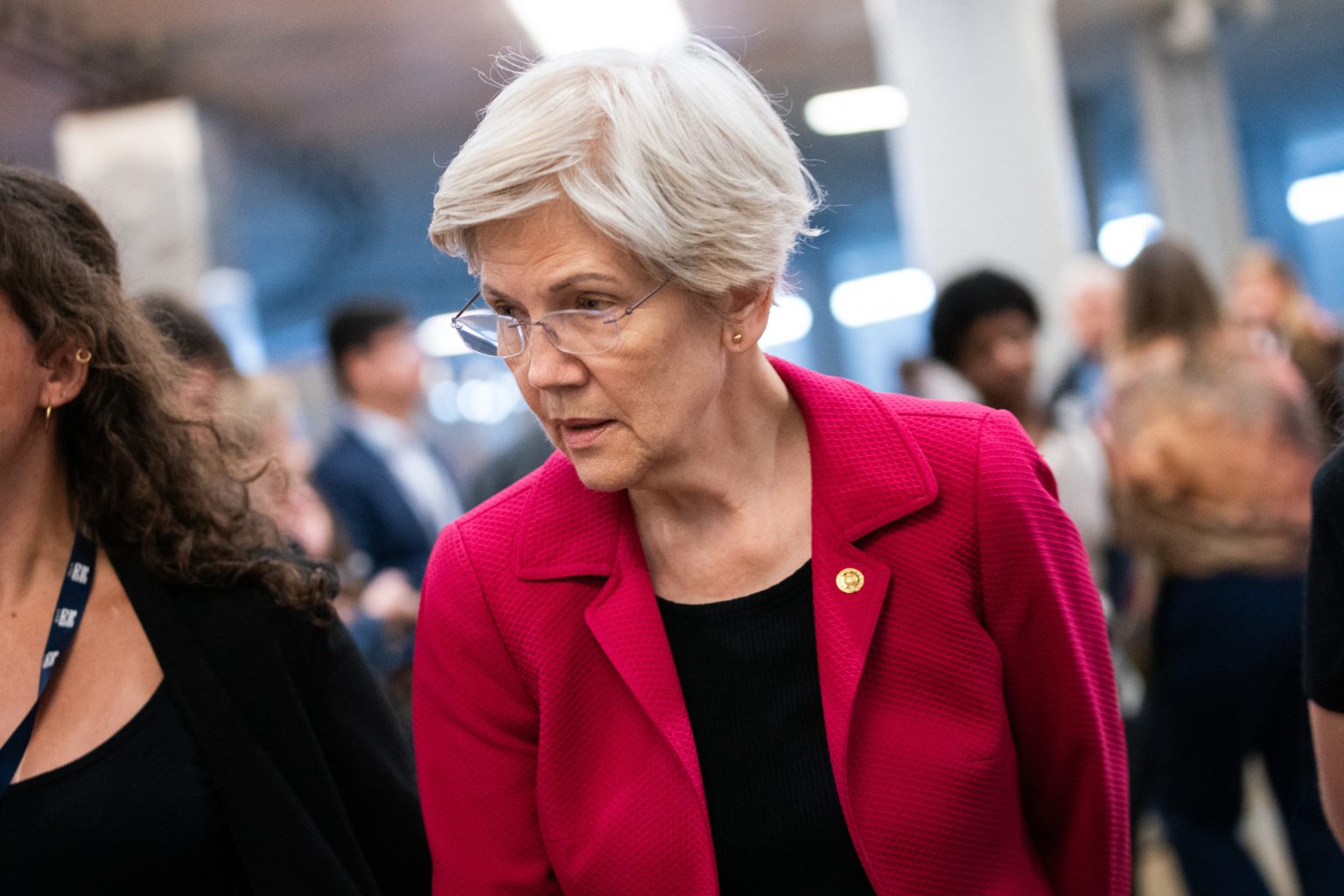The debate over the federal debt ceiling has resurfaced with renewed vigor, sparked by an unexpected alliance between President-elect Donald Trump and progressive Democratic Senator Elizabeth Warren. Traditionally a contentious issue dividing Republicans and Democrats, the debt ceiling, which limits the amount the government can borrow, has been wielded by conservatives as leverage to negotiate spending cuts. However, Trump’s recent call to eliminate the debt ceiling altogether has found an unlikely echo in Warren, a staunch critic of the former president on most other policy fronts. This convergence of opposing political figures on such a sensitive fiscal matter has injected new complexity into the already fraught political landscape.
Trump’s motivation for advocating the elimination of the debt ceiling remains a subject of speculation. While he frames it as a fiscally responsible move that eliminates a recurring political standoff, critics like Democratic Senator Chris Murphy suggest a more self-serving motive. Murphy posits that Trump’s true aim is to pave the way for substantial tax cuts for corporations and the wealthy, requiring increased borrowing that a capped debt ceiling would restrict. This interpretation aligns with concerns that removing the debt ceiling without corresponding fiscal restraints could lead to uncontrolled government spending and a ballooning national debt.
Warren, on the other hand, has long advocated for the abolishment of the debt ceiling, arguing that its continued existence allows Republicans to hold the economy hostage through recurring threats of government shutdowns. Her agreement with Trump on this issue, though surprising, stems from a shared belief that the debt ceiling serves primarily as a political tool, rather than a genuine mechanism for fiscal control. This unusual alliance underscores the complex and often unpredictable nature of political alignments, where shared interests can temporarily bridge even the widest ideological divides.
The potential for a bipartisan effort to eliminate the debt ceiling faces significant hurdles. While Trump retains considerable influence over the Republican Party, a substantial faction within the GOP remains committed to using the debt ceiling as leverage for spending cuts. Figures like Republican Congressman Chip Roy have made their position clear, emphasizing their unwillingness to raise or suspend the debt ceiling without significant reductions in government spending. This internal division within the Republican Party poses a major obstacle to any legislation aimed at abolishing the debt ceiling.
The dynamics within the Democratic Party also present challenges to a unified approach. While some Democrats may share Warren’s view on the debt ceiling, others remain wary of its removal without corresponding fiscal responsibility measures. Concerns about uncontrolled spending and the potential for exacerbating the national debt could lead to dissent within the Democratic ranks, further complicating efforts to achieve a bipartisan consensus.
The future of the debt ceiling debate remains uncertain. Trump’s influence, coupled with potential support from some Democrats, could generate momentum for its elimination. However, strong opposition from fiscal conservatives within the Republican Party, coupled with potential reservations among some Democrats, could easily stall any such efforts. The path forward likely involves complex negotiations and compromises, as lawmakers grapple with the competing pressures of fiscal responsibility, political expediency, and the potential consequences of removing a long-standing, albeit controversial, fiscal control mechanism. The outcome of this debate will significantly impact the future of government spending, the national debt, and the broader economic landscape.

